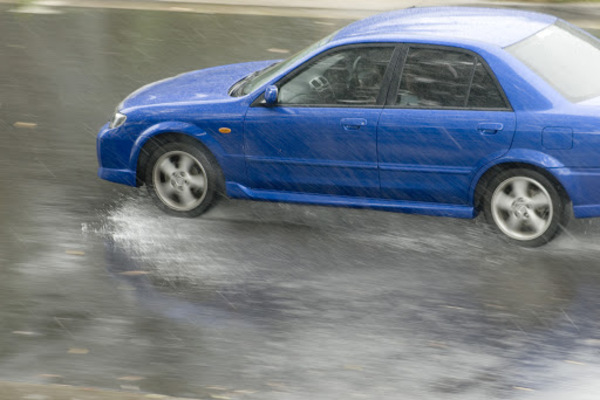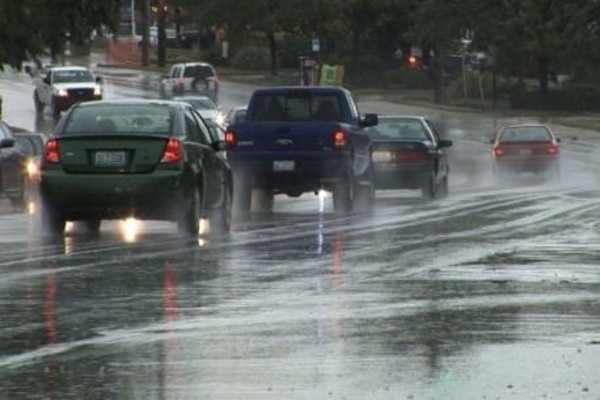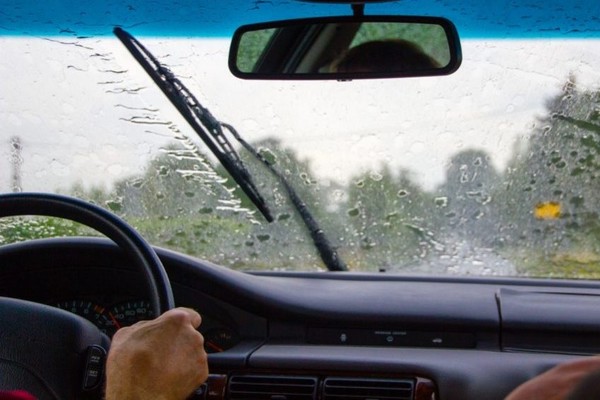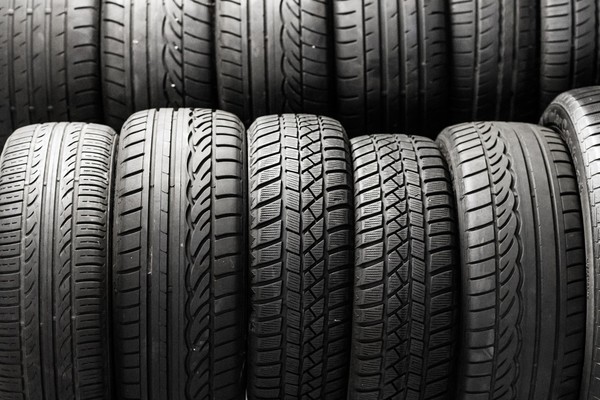How to Lower the Risk of Hydroplaning?
What are the factors that affect hydroplaning? How to lower the risk of hydroplaning? What to do if you are experiencing hydroplaning?
There are so many hazards that you can encounter while driving on the road. One of these hazards is hydroplaning. It is a dangerous event that may happen on the road when it is wet. This is very particular during the rainy season.
I bet any driver has already experience hydroplaning. It can be frightening if you are not ready. Most of the driver tends to panic once they feel that the vehicle is spinning. But, keep calm as this article contains everything there is about hydroplaning.
What is this all about? What are the factors that affect hydroplaning? How to lower the risk of hydroplaning? What to do if you are experiencing hydroplaning? The answers to these questions will be tackled in this article from Philcarnews.com.
What is hydroplaning?
When a vehicle started sliding uncontrollably because the tires are encountering much water than the treads can displace, it is what you call hydroplaning. If you are driving in a wet pavement at high speeds, the water begins pushing the front tires slightly off the ground.
This creates a slim film between the road and the tire. The film and the separation of the tire and the road cause the driver is losing control of the vehicle that could result in a crash.

Hydroplaning happens when the car sliding uncontrollably due to the tires encountering much water
What are the factors that affect hydroplaning?
Hydroplaning is produced by the combination of road conditions, speed, and tire condition and design.
Let us dig deeper at all of these:
>>> Related: Hydroplaning - What have you known about?
Road conditions
As the water depth on the surface of the road increases, the risk of experiencing hydroplaning also increases. Both the type of road surface and intensity of rainfall plays an important role in creating this hazardous situation. For example, unpaved versus asphalt road.

As the water depth on the surface of the road increases, the risk of experiencing hydroplaning also increases
Speed of the vehicle
The tread of a tire needs time to vacate water under the footprint. The higher the speed of the vehicle, the less time will be available in evacuating the water. Hydroplaning can happen at speeds of 45 mph and above. However, this still depends on the tire’s condition and design, and the water’s quantity on the road.

Hydroplaning can happen at speeds of 45 mph and above
Design of the tread
A vehicle’s tire having a wide tread will suffer from hydroplane sooner than a narrow tread. The wider footprint contains more surface area. Thus, the wedge of water can be formed in the leading edge.

A vehicle’s tire having a wide tread will suffer from hydroplane sooner than a narrow tread
Depth of the tread
This is one of the most critical in all of the factors that contribute to hydroplaning. If your tires are already worn, have them replaced as soon as possible to be safe on the roads particularly wet roads. It doesn’t matter if your tire is of high quality. Worn tires will have small resistance to hydroplaning.
Weight of the Vehicle
Heavy vehicles have an advantage when it comes to resisting hydroplaning. It is because heavier vehicles have a greater force to transfer water from below the tire’s footprint.
>>> Related: Be cautious about these 10 crucial things before driving in the rain
How to lower the risk of hydroplaning?
Always slow down if the road condition and weather become hazardous. Decrease your speed to 45 mph or below if it is safe to do so. Do this especially if the road is wet and there are too many waters on the road.
Use your common sense, it is much better to safely arrive at your destination and late than not arriving at all. Losing the control of your car at high speeds can lead to accidents especially if it’s in a wet roadway.
Do not rely on the weather condition reported through social media, etc. Pay close attention to the road, and keep your speed control to manual.
When it is raining, you should increase your distance from the other vehicles. Stay alert for the vehicles that are ahead of you. If they are driving unusual, this could be due to standing water areas.
If the drivers in front of you are making tracks, try to keep aligned in them. Most of the water there has already been removed, meaning there’s a lot of space for your tire to contact with the roadway.

Always slow down if the road condition and weather become hazardous
One of the best ways to avoid hydroplaning is by checking your tires regularly. Inspect your tires visually for a duration of once a month at least. Ensure that the tires are correctly inflated, and have sufficient tread left.
Make sure also that the tires are not worn out. If you found that your tires are worn out, immediately replace it with a new one. Also, rotate your car’s tires regularly.
Finally, if you are not comfortable driving while there is heavy rain, turn on your emergency lights and pull over. Relax and take your time to prepare before jumping back on the road.
What to do if you are experiencing hydroplaning?
The things you need to do during hydroplaning are the following:
- First and foremost, keep calm, collected, and do not panic. Overreacting and being nervous will make the situation worse. Just stay calm, and think clearly on what you will do.
- The first thing that would probably cross into your mind is to step on the brakes. However, don’t do this. Never step on the brakes immediately during hydroplaning. Take your foot away from the accelerator instead and allow your car to slow down. If your car has anti-lock brakes, pump the brake lightly to help the tires regain a grip on the road. You can tap the brake and then release it.
- Hold steady the steering wheel and avoid doing big steering. Large actions of the wheel during hydroplaning could result in out of control of the car.
- Avoid full stopping on the roadway once you’ve regained control. Make sure to pull on the side or out of the road completely, if possible. This is because some of the vehicles approaching may experience the same thing you did. With this, an accident may occur.
Hydroplaning is very dangerous on the roads, but always remember that with proper safety techniques and preparations will prevent this from happening. Practice this and you will be at less risk of experiencing hydroplaning.
RECENT ARTICLES









